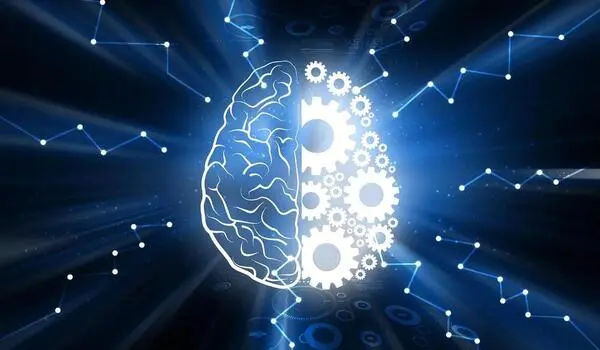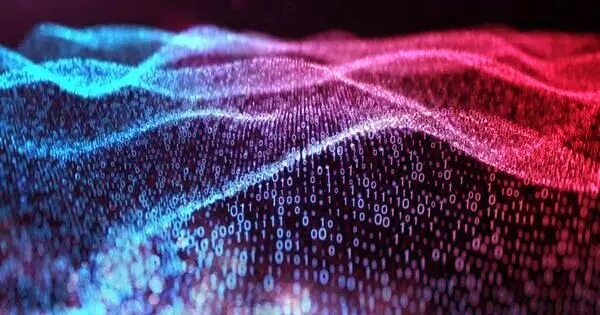Scientists have shown that human brains are inherently designed to execute complicated calculations, similar to that of a high-powered computer, in order to make sense of the environment, a process known as Bayesian inference.
Researchers from the University of Sydney, the University of Queensland, and the University of Cambridge devised a mathematical model that closely mimics how human brains work when it comes to reading vision in a study published in the journal Nature Communications. The model included everything required to do Bayesian inference.
Bayesian inference is a statistical method that combines prior knowledge with new evidence to make intelligent guesswork. For example, if you know what a dog looks like and you see a furry animal with four legs, you might use your prior knowledge to guess it’s a dog.
Our new study sheds light on this mystery. We discovered that the basic structure and connections within our brain’s visual system are set up in a way that allows it to perform Bayesian inference on the sensory data it receives.
Dr Reuben Rideaux
People have an innate ability to comprehend their surroundings with exceptional precision and quickness, unlike robots, which can be defeated by simple CAPTCHA security measures when asked to locate fire hydrants in a panel of photos.
“Despite the conceptual appeal and explanatory power of the Bayesian approach,” said principal investigator Dr Reuben Rideaux of the University of Sydney’s School of Psychology, “how the brain calculates probabilities is largely mysterious.”
“Our new study sheds light on this mystery. We discovered that the basic structure and connections within our brain’s visual system are set up in a way that allows it to perform Bayesian inference on the sensory data it receives. What makes this finding significant is the confirmation that our brains have an inherent design that allows this advanced form of processing, enabling us to interpret our surroundings more effectively.”

The study’s findings not only confirm existing theories about the brain’s use of Bayesian-like inference but open doors to new research and innovation, where the brain’s natural ability for Bayesian inference can be harnessed for practical applications that benefit society.
“Our research, while primarily focussed on visual perception, holds broader implications across the spectrum of neuroscience and psychology,” Dr Rideaux said.
“By understanding the fundamental mechanisms that the brain uses to process and interpret sensory data, we can pave the way for advancements in fields ranging from artificial intelligence, where mimicking such brain functions can revolutionize machine learning, to clinical neurology, potentially offering new strategies for therapeutic interventions in the future.”
Dr. William Harrison’s study team achieved the discovery by recording brain activity from volunteers while they passively viewed displays designed to trigger specific neural signals related to visual processing. The researchers then created mathematical models to assess a range of competing hypotheses regarding how the human brain experiences vision.
















